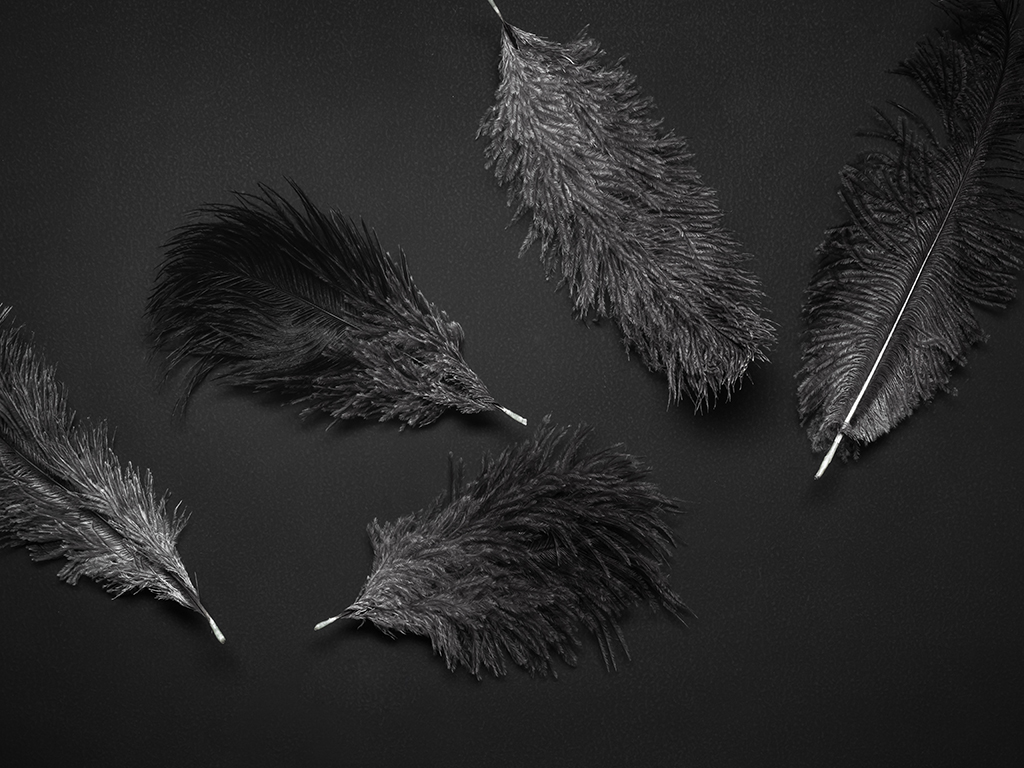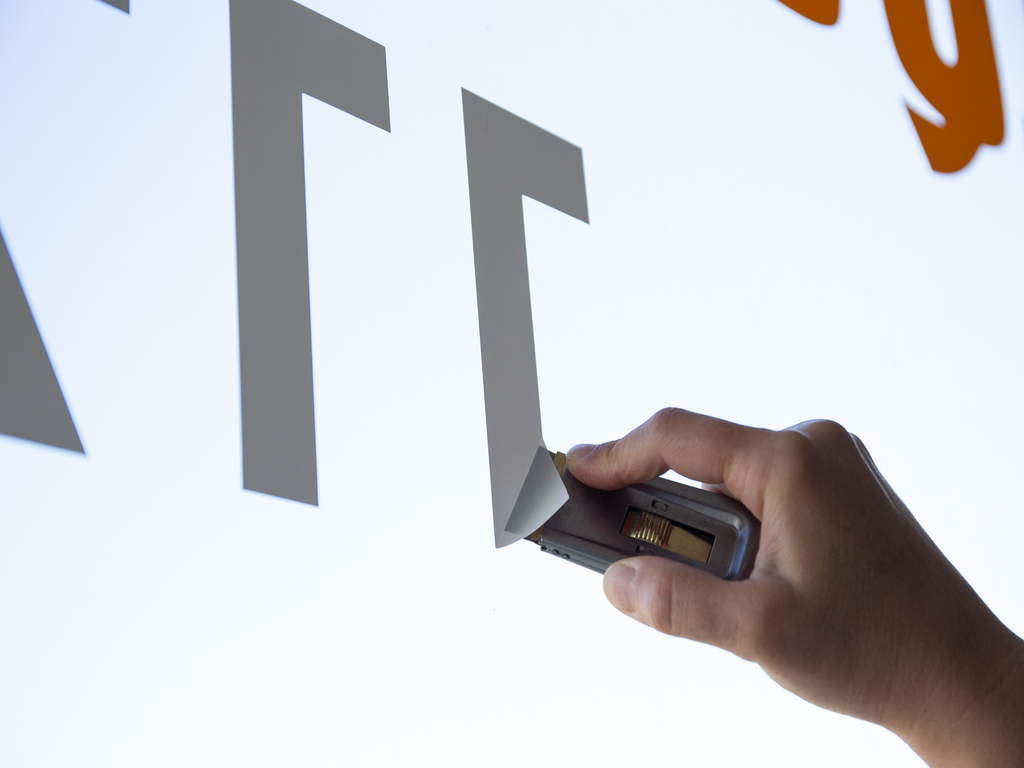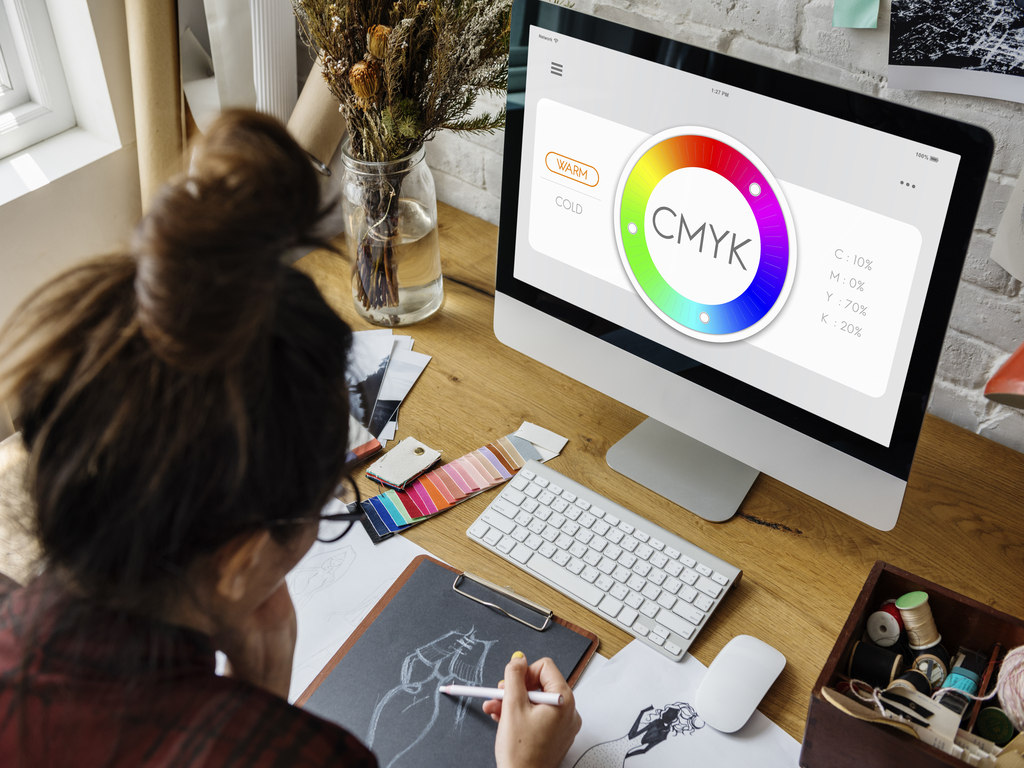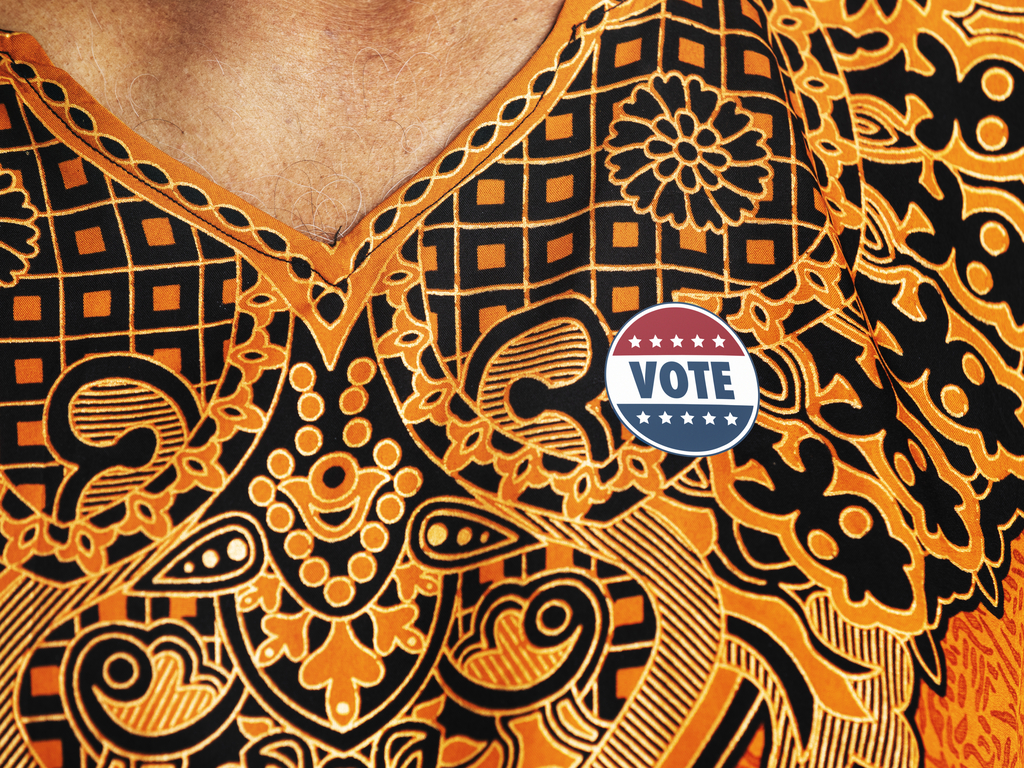What is Monochrome Printing?
If you’re interested in learning more about printing, then understanding the concept of monochrome printing is a great place to start. Monochrome printing, also known as black and white or grayscale printing, is an easy way to produce printed documents without having to invest in expensive equipment for color versions. This method eliminates costly setup costs and makes it easier than ever before to print simple text-based materials such as brochures, reports, posters and other documents. With this blog post, we’ll walk through what monochrome printing is and how you can take advantage of its benefits for your business needs.
Overview of Monochrome Printing
Monochrome printing is a printing process that produces images or text in a single color. It is a simple and cost-effective solution for printing grayscale documents, such as reports, invoices, and manuals. Monochrome printers use black toner or ink to create high-quality prints with excellent sharpness and contrast. Compared to color printing, monochrome printing is faster, requires less ink or toner, and is more economical. In addition, it is the preferred printing method for several industries, including healthcare, education, and finance. Despite the rise of color printing, monochrome printing remains a popular choice for many businesses and individuals who prioritize efficiency, speed, and affordability in their printing needs.
Advantages and Disadvantages of Monochrome Printing
Monochrome printing is a popular printing option that offers both advantages and disadvantages. One of the most significant advantages is that it is typically more cost-effective than color printing. Monochrome printing is also faster and more efficient – perfect for printing simple documents or large batches of text-heavy documents. However, monochrome printing does have a few drawbacks. It is not suitable for printing images or graphics, as it only uses one color. Additionally, it lacks the vibrancy and depth of color that full-color printing provides, so it may not be the best option for creative projects or marketing materials. Overall, understanding the advantages and disadvantages of monochrome printing is key to choosing the best printing option for your specific needs.
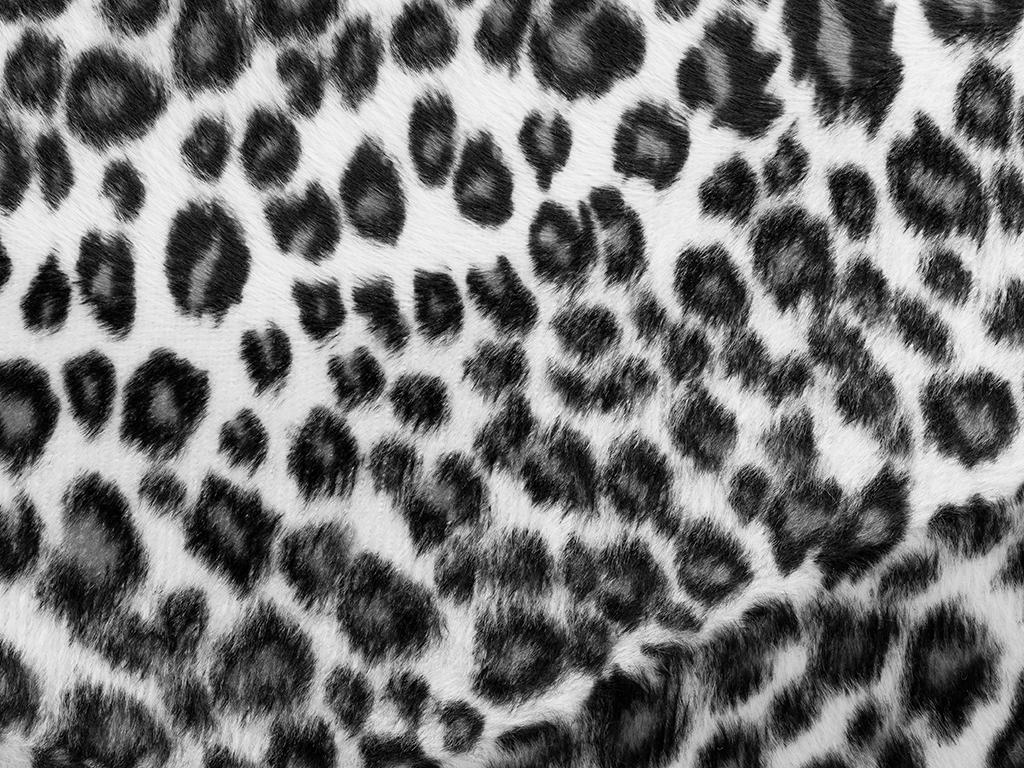
Ways to Achieve Quality Monochrome Prints
Black and white photography is a timeless art form that captures the essence of the subject with stark contrast and rich textures. Achieving quality monochrome prints requires careful consideration of several factors, including image processing, printer settings, and paper selection. One way to enhance the depth and tonality of your prints is to use a high-quality printer that features a wider gamut of gray tones. Additionally, paying close attention to image resolution and sharpness during editing can make a significant difference in the final output. Another tip is to experiment with different types of paper to find one that matches the mood and texture of your photograph. By taking these steps, you can produce monochrome prints that truly captivate viewers and evoke a range of emotions.
Tips for Getting Started With Monochrome Printing
Monochrome printing is a great way to add a touch of elegance to your documents. It’s no wonder that many people opt for this style when printing reports or professional documents. If you’re looking to get started with monochrome printing, there are a few tips to keep in mind. First, make sure you have a high-quality monochrome printer that can produce crisp, clear prints. Second, consider the type of paper you’ll be printing on. Thicker papers with a matte finish can help your prints stand out and look more professional. Finally, don’t be afraid to experiment with different shades of black and gray to achieve the desired effect. With these tips in mind, you’ll be well on your way to mastering the art of monochrome printing.
Common Mistakes to Avoid in Monochrome Printing
Monochrome printing has been around since the earliest days of printing, but it’s still an art form that requires a bit of finesse to master. Unfortunately, there are some common mistakes that people make when trying to print in black and white that can really impact the final outcome of their work. For example, using low-quality ink or toner can result in blurry or inconsistent images and text. Similarly, using the wrong settings or paper type can lead to smudging, fading, or other unsightly defects. To avoid these mistakes and ensure the highest quality monochrome prints, it’s important to invest in high-quality materials and take the time to fine-tune your settings to optimize your output.
Popular Applications of Monochrome Printing
As more and more individuals and businesses aim to reduce their environmental footprint and cut down on expenses, monochrome printing has become a widely popular solution. With its ability to produce sharp and clear black and white prints, monochrome printing is commonly used in offices for printing official documents, invoices, and contracts. Additionally, it’s a great solution for printing texts in books, magazines, and newspapers. Monochrome printing is also widely popular in the world of art and photography, where it’s used to create high-quality and dramatic black and white images. As technology continues to advance, the applications of monochrome printing are only expected to increase, making this printing method a timeless and reliable solution for all.
In conclusion, monochrome printing is a simple and cost-effective method of producing black and white prints. With modern technology, it is easier than ever to achieve quality prints. Monochrome printing has many advantages and a few drawbacks that must be taken into consideration. With careful preparation, attention to detail, and tips and tricks from experienced printers, you can create beautiful monochrome prints for your projects. Common mistakes in monochrome printing should also be avoided and understanding the popular applications can benefit any project. Whether you are a DIY enthusiast, professional photographer or graphic designer, there are many opportunities to get creative with monochrome printing. If you are looking to create quality monochrome prints with perfect clarity and detail then utilize all of the information discussed here to get started!

